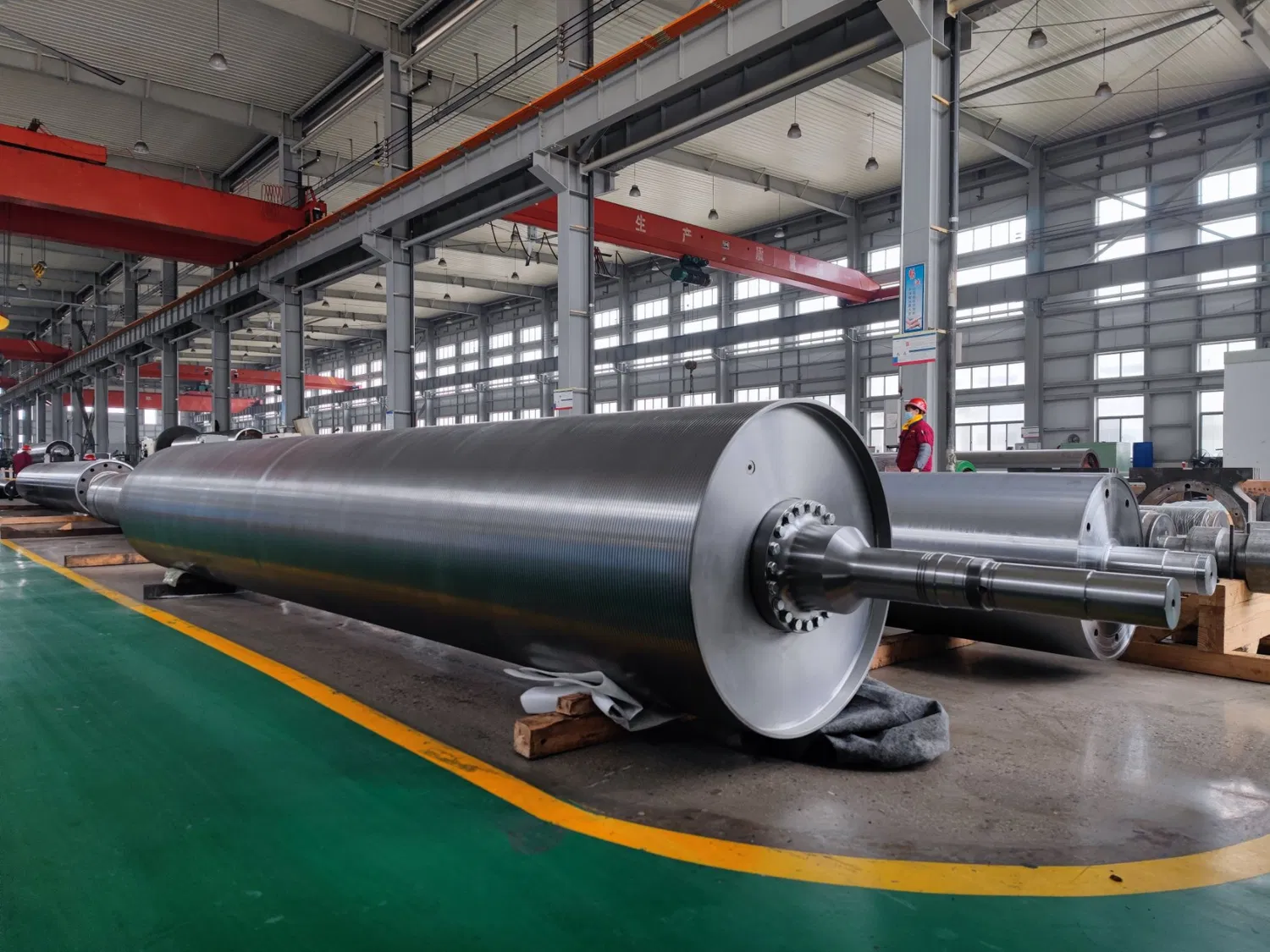Introduction
When it comes to roll manufacturing, there's no one-size-fits-all solution. The right technique for your project depends on various factors, such as the roll's intended use, material requirements, and budget constraints. In this comprehensive guide, we'll explore the most common roll manufacturing techniques, including casting, forging, and fabrication, to help you make an informed decision for your next project.
Casting: A Cost-Effective Solution
Casting is a popular choice for roll manufacturing due to its relatively low cost and high production speed. During the casting process, molten metal is poured into a mold, which is then cooled and solidified. This method is particularly suitable for large-volume production runs and complex geometries.
Benefits of Casting
Drawbacks of Casting
- Limited materials: Certain materials, such as high-carbon steel, are not suitable for casting due to their high melting points and poor casting characteristics.
- Lower strength and hardness: Cast rolls may have lower mechanical properties compared to forged or fabricated rolls.
- Potential defects: Casting can lead to defects such as porosity, shrinkage, and inclusions, which can affect the roll's performance and lifespan.
Forging: Enhanced Strength and Durability
Forging is a roll manufacturing technique that involves shaping and compressing metal using heat and pressure. This method is ideal for producing rolls with enhanced strength, hardness, and durability.
Benefits of Forging
- Improved mechanical properties: Forged rolls have better strength, hardness, and fatigue resistance compared to cast rolls.
- Fewer defects: The forging process reduces the likelihood of defects, resulting in a more reliable and longer-lasting roll.
- Wide range of materials: Forging can be used with various materials, including high-carbon steels, stainless steels, and alloys.
Drawbacks of Forging
- Higher costs: Forging typically has higher tooling and production costs compared to casting.
- Limited design flexibility: Intricate designs and large rolls may be challenging or impossible to produce using forging.
- Longer production times: Forging can take longer than casting, making it less suitable for projects with tight deadlines.
Fabrication: Customization and Versatility
Fabrication is a roll manufacturing technique that involves cutting, bending, and assembling metal components to create a roll. This method is ideal for producing custom rolls with unique shapes, sizes, and features.
Benefits of Fabrication
- Design flexibility: Fabrication allows for the creation of custom rolls with unique shapes, sizes, and features.
- Versatility: Fabrication can be used with various materials, including metals and composites.
- Low tooling costs: Fabrication often requires minimal tooling investment, making it a cost-effective solution for low-volume production runs or prototypes.
Drawbacks of Fabrication
- Lower strength and hardness: Fabricated rolls may have lower mechanical properties compared to forged or cast rolls.
- Increased lead times: The fabrication process can be time-consuming, especially for complex designs.
- Potential for weld defects: Welding during fabrication can lead to defects such as porosity, cracking, and distortion, which can affect the roll's performance and lifespan.
Practical Application: Choosing the Right Roll Manufacturing Technique
When selecting a roll manufacturing technique, consider the following factors:
- Intended use: Determine the roll's required properties, such as strength, hardness, and wear resistance.
- Material requirements: Choose a technique that is compatible with the desired material.
- Budget constraints: Evaluate the cost implications of each technique, including tooling and production costs.
- Production volume: Consider the number of rolls needed and choose a technique that is suitable for the production volume.
- Lead time: Assess the project's timeline and select a technique that can meet the required deadlines.
Conclusion
In conclusion, when comparing different roll manufacturing techniques, it's essential to consider factors such as intended use, material requirements, budget constraints, production volume, and lead time. By understanding the advantages and limitations of casting, forging, and fabrication, you can make an informed decision and choose the best technique for your specific needs. If you're still unsure which method is right for your project, consult with a roll manufacturing expert who can provide personalized guidance and recommendations.



